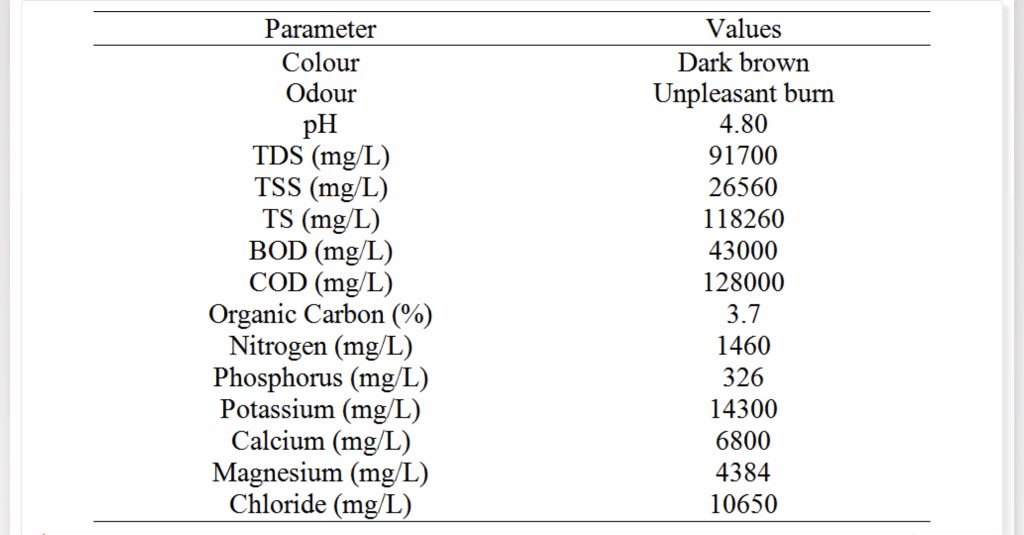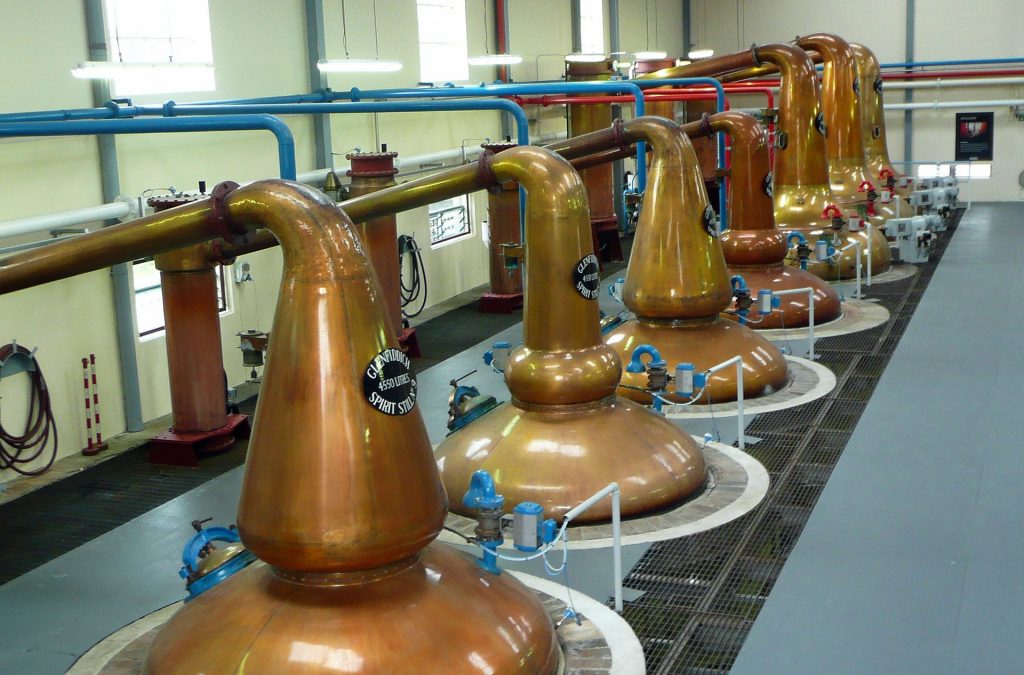- Nano-selective forward osmosis technology by SideStroem featured in Everything About Water - February 10, 2024
- SideStroem and Singapore Institute of Technology featured in AsianScientist - April 29, 2023
- SideStroem joins world class accelerator program - November 12, 2022
Volume reduction of biomethanated spent wash from distilleries
We recently received a request from Srivathsan, a chemical and industrial engineer providing industrial solutions on resource recovery, who is looking to establish the feasibility of using forward osmosis to reduce the volume of biomethanated spent wash from distilleries.
The overall goal is to partially concentrate the waste stream before it goes to conventional separation of water (evaporation) in order to reduce the thermal load on the evaporator.
According to Srivathsan, a typical distillery will produce 800kL spent wash daily with a chemical composition as outlined below.

Industrial forward osmosis players capable of delivering technical feasibility studies on biomethanated spent wash are encouraged to leave their comments below.
What is biomethanated spent wash?
Distillery spent wash is a high-organic liquid waste product generated during alcohol production. Typically, the organic load of spent wash is reduced through biomethanation by which organic material is microbiologically converted under anaerobic conditions to biogas. The resulting waste stream is referred to as biomethanated spent wash.


The spent wash has high TDS (91700 ppm) which implies use of very high concentration draw. If the draw is readily available as other waste stream having high TDS, the process may be viable otherwise draw regeneration will be the bottleneck and the energy saved in spent wash concentration may be required to be used for draw regeneration. High concentration of Nitrogen (TAN- ?) is another worry as it may carry over to draw.
There is already a company that has trialed forward osmosis to do this at a distillery in the US. After a successful pilot, this company is planning to install a commercial system in July 2019. Also, note that not all TDS has the same osmotic pressure. You don’t show sodium, but the potassium and chloride are not that high, so a significant amount of the TDS seems to be divalents and organics, which have a lower osmotic pressure per mg/L than a chloride based draw solution. Yes some nitrogen will cary over to the draw, but this can be managed in a few different ways depending on how you want to reuse the purified water. You would need 50 micron or tighter pretreatment due to the combination of both TSS and organics which may agglomerate together during concentration, but it should be easy to get ~70% recovery with a FO and modified RO recovery system without any biological treatment involved.
Hi Erik,
Great to hear Porifera are already piloting this application. I’m very interested to hear how things pan out.
Cheers
Mark
Can we use Potassium nitrate solution as draw solution. Additional N is not going to be a problem.
I have extensively worked with molasses based alcohol distillery wastewater using FO technology in a laboratory scale set-up. I used commercial magnesium chloride hexahydrate as draw because the osmotic pressure of this wastewater is quite high. Almost about 72% water can be removed from the wastewater. The only problem was re-concentration of draw solution as the working volume of draw used was high; which was required to maintain the osmotic gradient across the membrane.
A high concentration (>2M) of potassium nitrate as draw solution would work for this wastewater.
Potassium nitrate can be used at high concentration (>2M) for this wastewater.